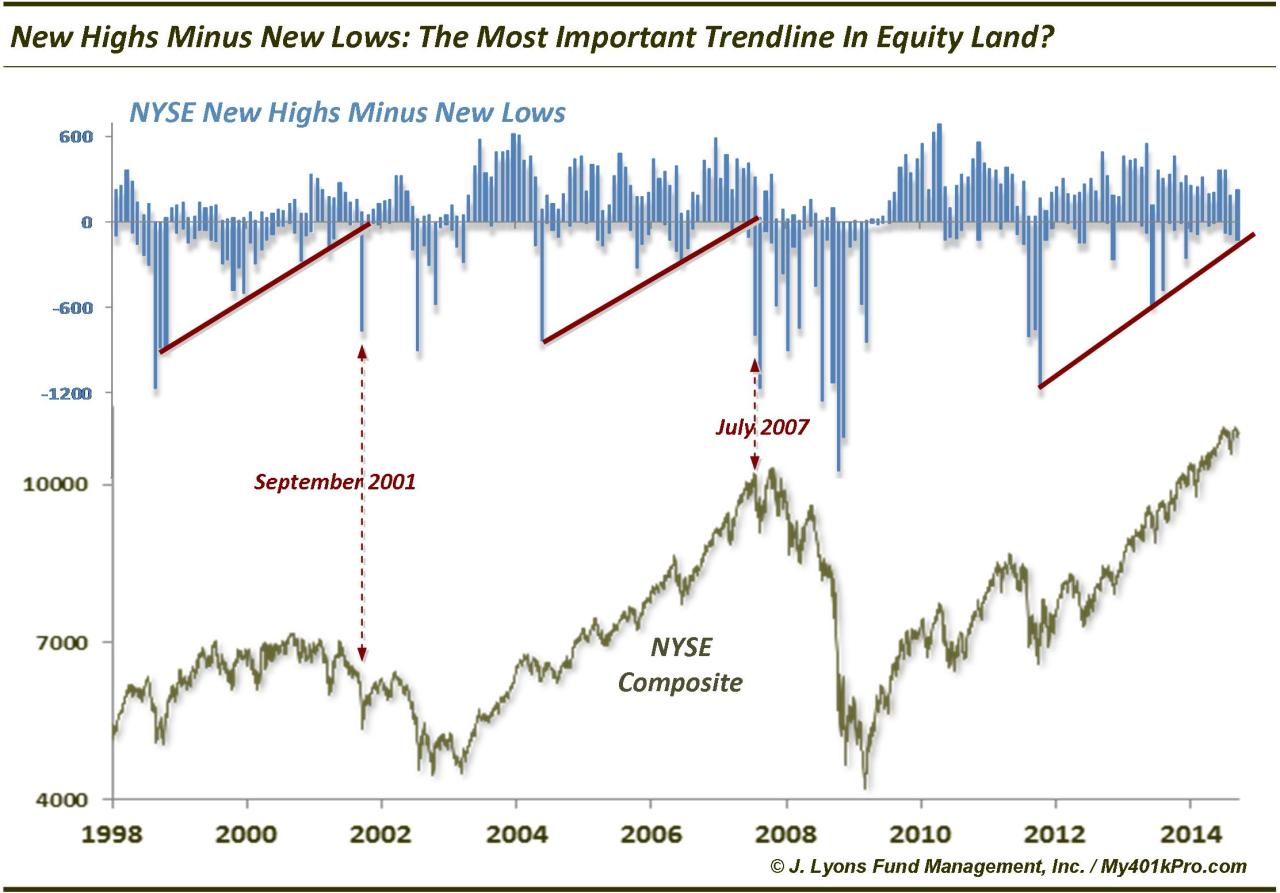Fuente: Zerohedge.com Bank of America
Net free credit is free credit balances in cash and margin accounts net of the debit balance in margin accounts. Net free credit dropped to -$182b and moved to a new low below the prior record of -$178b in February. This measure of cash to meet margin calls remains at an extreme low or negative reading below the February 2000 low of $-129b.
The risk is if the market drops and triggers margin calls, investors do not have cash and would be forced to sell stocks or get cash from other sources to meet the margin calls.
This would exacerbate an equity market sell-off.

Fuente: Ryan Detrick

No hay comentarios:
Publicar un comentario